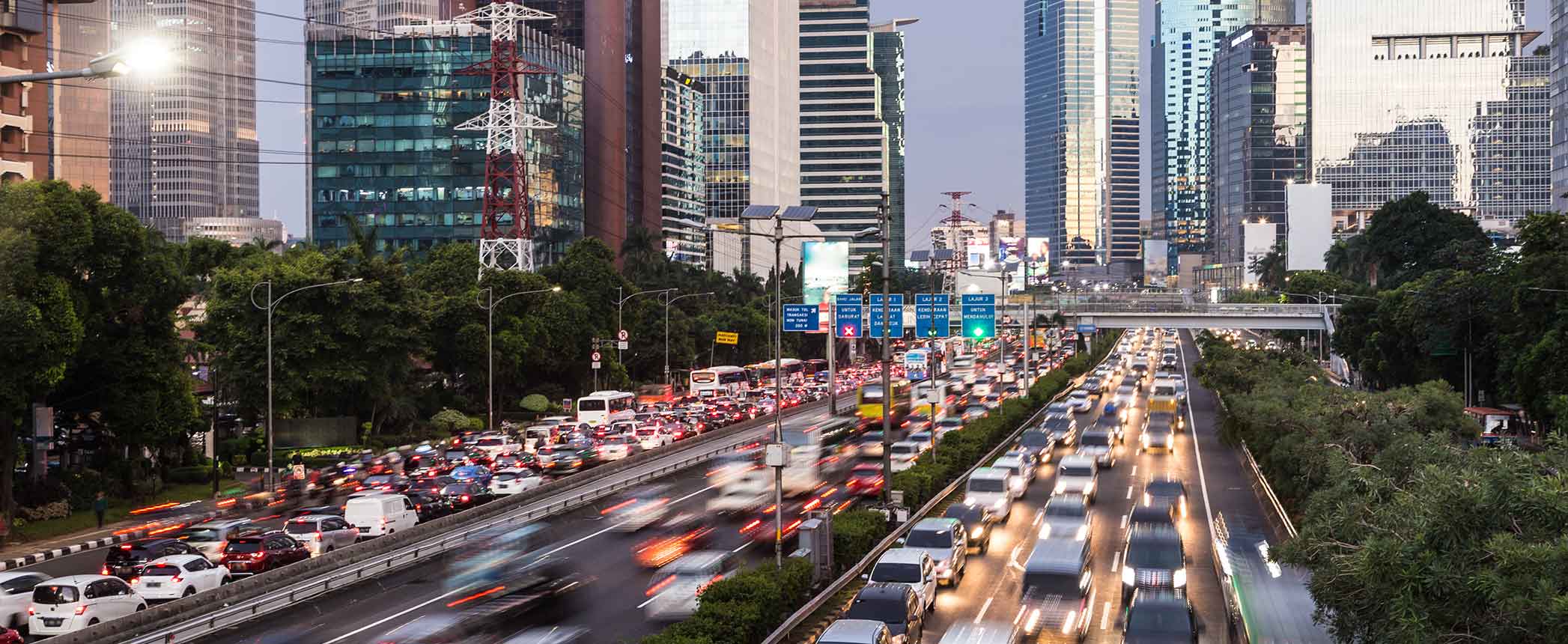
Will light-duty EVs take off in Asia outside of the main markets of China, Japan and South Korea?
Governments in Asia are proposing legislation to encourage electric vehicle growth that could one day rival Japan, South Korea and even China.
Indonesia may begin EV production by 2022 as the government seeks to boost their share of total vehicle production to 20 percent in the next six years, Reuters reported, citing the industry minister and other officials.
Foreign automakers are interested in setting up shop in the resource-rich Southeast Asian nation. Already, Toyota Motor Corp. has said it will invest U.S. $2 billion in Indonesia over the next five years, earmarking some of those funds for EV production. Hyundai Motor Co. has also said it plans to build EVs in Indonesia, part of an $880 million investment there.
Indonesia is offering tax breaks to encourage production of lower-emission cars and EV batteries, Reuters said. Lithium-ion battery producers are attracted to rich nickel laterite ore from the country, which accounted for about 10 percent of the world’s supply in 2018.
China’s Tsingshan Group is among companies that are developing smelters with high-pressure acid leach technology to produce battery chemicals in Indonesia.
Meanwhile in India, lawmakers could mandate the sale of new electric-only three-wheelers from 2023 and small two-wheelers from 2025. Delivery vehicles and buses could follow suit.
About 75 percent of road vehicles in India are two- and three-wheelers, making a significant contribution to the country’s chronic air pollution problem. But moving to EVs may not cure those woes, since 75 percent of its electricity is generated by coal.

The government in July also reduced goods and service tax on EVs from 12 percent to 5 percent, chargers and electric bus hire to 5 percent down from 18 percent. This move may do little to encourage the sale of EV four-wheelers in the country, which is currently very few, compared with large numbers of two- and three-wheelers.
The head of India’s automotive manufacturers’ trade group praised the government’s action, calling it a bold initiative, and pointed out there is a need for a clear, long-term EV roadmap for India.
“Over the years, this [tax cut] will help popularize electric vehicles and increase penetration in the country,” said Rajan Wadhera, in response to the country’s stagnant sales of EVs.
Last year, the Society of Indian Automotive Manufactures released a white paper calling for government policies that promote the growth of EVs, including tax breaks and incentives for foreign investments.
What may also hasten EV uptake are more charge points. A new partnership by Tata Power and Tata Motors will partially plug the gap by installing 300 fast-charging stations over the next two years. The first 50 chargers will be Bharat Standard 15 kilowatts followed by to 30-50 kW DC CCS2 Standard chargers, spread across Mumbai, Delhi, Pune, Bangalore and Hyderabad in Tata Motors dealerships, Tata Group retail outlets and public locations.

Sorry, a technical error occurred and we were unable to log you into your account. We have emailed the problem to our team, and they are looking into the matter. You can reach us at lubesngreases@omeda.com.
Click here link to homepage